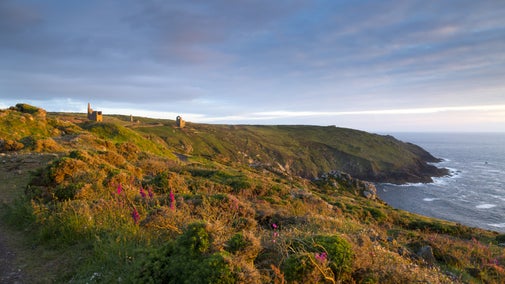
Discover more at Botallack
Find out how to get to Botallack, where to park, the things to see and do and more.
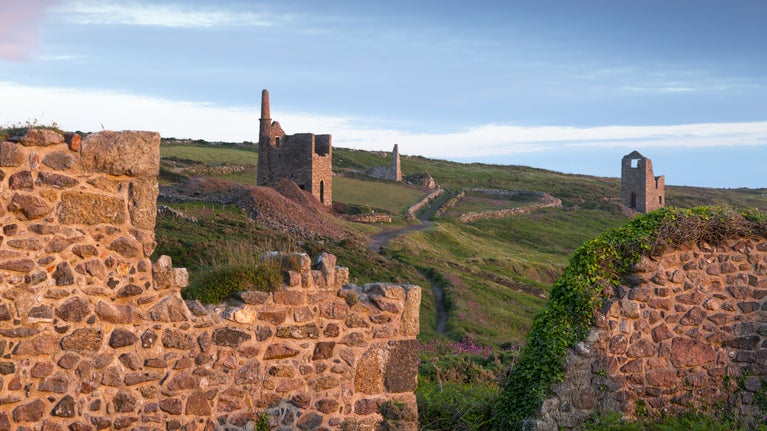
High on the cliffs of above Cornwall’s wild Tin Coast, Botallack’s mining history runs hundreds of metres out under the seabed, and thousands of years back in time. It’s a place where nature has reclaimed the remains of industry, and where an iconic landscape speaks of the resilience needed to live and work on the edge.
The mineral wealth of Botallack is plentiful, and includes copper, tin and arsenic as well as cobalt, lead, iron, silver and botallackite (named for its discovery there in the 19th century). The drive to extract and exploit these minerals has shaped Botallack’s unique landscape over thousands of years.
Archaeological evidence suggests that Botallack was worked for minerals in the mid-Roman period, around AD 200, and there may be some evidence for earlier Bronze Age workings too.
Records show that Botallack was mined in the 16th century, when shafts were kept simple and shallow to avoid the need to drain them of seawater. By 1774, that challenge had been overcome by improved pump technology, and men were working under the sea at Tolvan shaft.
Named after the Crowns rocks on which they sit, the two Crowns engine houses are icons of Cornish mining heritage. Built in the 19th century of Cornish granite and brick, the lower building held the engine which pumped water out of the shaft below. The upper one contained a winding engine which moved men and materials in and out of the mine.
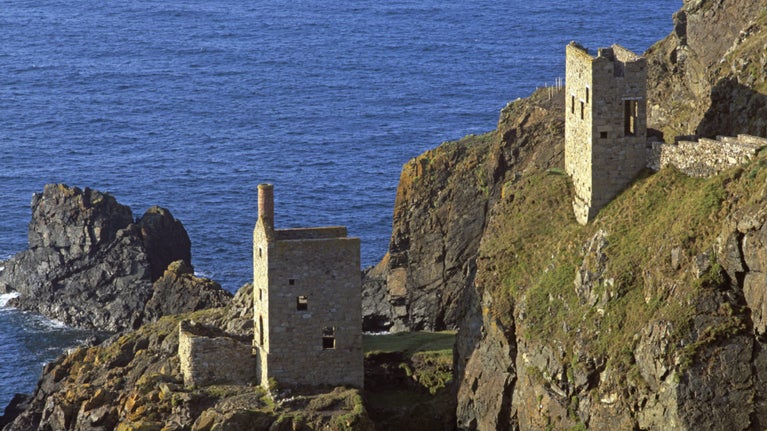
In 1835 the mine was put up for sale. A local former Cornish wrestler Stephen Harvey James (1795–1870) bought it and kept it going at a loss. He fought to save Botallack when tin prices dropped in the 1830s.
By 1841 his shareholders voted to end their losses, and Stephen was given 2 months to turn the business around. Remarkably, in those two months a huge lode of copper was discovered, and the £44,000 profit from it salvaged both Stephen and Botallack’s fortunes.
Under Stephen’s ownership, tin production reached its height at Botallack. Over 550 people worked on site, of whom 340 were men working underground. The Count House, built from local granite, was completed in 1861. Solid and presentable, it housed the mine administration and management – the purser, mine captain and surveyors.
One of the mine captains was a young Cornishman called Francis Oats (1848–1918) who later became chairman of the De Beers Diamond Mining Company Limited, South Africa, founded by the politician Cecil Rhodes.
There were two ways a miner could be paid. If he was a ‘tut’ worker, the longer the shafts and tunnels he created, the greater the wage he received at the Count House. 'Tribute' workers bid at the Count House for a section of mine to work with a 'pare' (gang) of other miners. They had to pay for their own candles and gunpowder, and haulage of ore and waste too. Working ‘tribute’ was a risky business and if yields were poor, so too were earnings.
Shortly after the Count House was finished, the Boscawen shaft opened. It was named for Evelyn Boscawen, 6th Viscount Falmouth, who owned the mineral rights to the land. The shaft ran diagonally out under the sea for 664 metres. An engineering triumph, it was also the scene of a tragedy when in 1863, a chain broke. Eight men and a boy died as the waggon they were travelling up to the surface in fell to the bottom of the shaft.
Author Wilkie Collins visited Botallack with a friend in 1850, arriving at the site on foot from Lands End. In his book Rambles Beyond Railways, he describes his journey down the mine in the care of a miner, who makes them sit in silence and listen to the sound of the surf crashing on the cliffs 120 feet above their heads, ‘so sublimely mournful and still, so ghostly and impressive.’
Boscawen shaft received a royal visit in 1865 from the Prince of Wales (the future King Edward VII) and Princess Alexandra. Tourists soon wanted to follow in their footsteps, and before long the mine was charging a guinea per person for a tour.
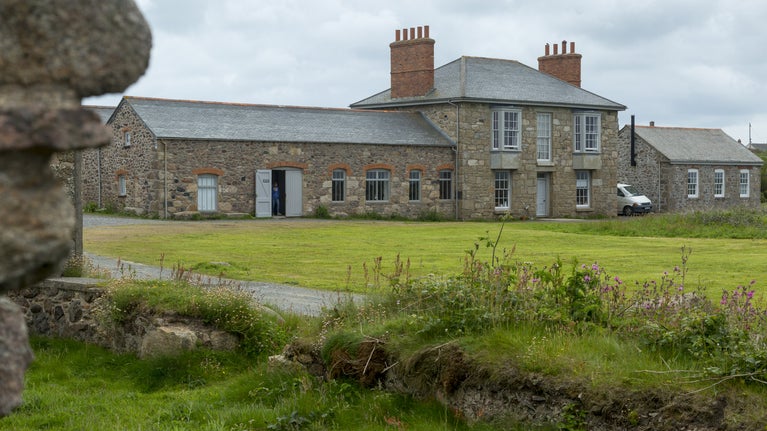
By 1895, tin prices were low and the cost of keeping the shafts clear of seawater was high. The combination of these two factors forced the closure of Botallack.
Between 1908 and 1912 Allen’s Shaft was sunk, but this was to be a short-lived project. Its large steam hoist, big compressor and neighbouring electric power station, complete with terrazzo flooring, proved to be unwise investments. As World War I loomed in March of 1914, Botallack closed for a second time.
Nearby Geevor Mine attempted to reopen Botallack in the 1980s, but the Great Tin Crash of 1985 caused global tin prices to fall by a third in a week. The crash triggered the closure of many Cornish tin mines (including Geevor) in the years that followed.
Facing a future without mining, the Tin Coast community worked hard to preserve its mining sites and their stories. The Carn Brea Mining Society repaired the Crowns Engine Houses in 1985. The Count House hosted a folk club, disco and restaurant.
The National Trust acquired Botallack Mine and the Crowns in 1997. Whilst the deep impression that mining made on Botallack will always remain, nature is slowly taking back the landscape. The chough bird, a symbol of Cornwall but absent from the Tin Coast’s cliffs since 1973, has now returned.
The uniqueness of Cornish mining heritage was recognised by UNESCO in 2006, when Botallack and other sites of great significance were inscribed into the Cornwall and West Devon World Heritage Site.


Find out how to get to Botallack, where to park, the things to see and do and more.
Explore the wild Tin Coast, part of the Cornish Mining World Heritage Site and see the iconic engine houses clinging to the cliff face.

High-up on the exposed cliffs of the 'Tin Coast' and part of the Cornish Mining World Heritage Site. At its heart, the restored 1840s beam engine running on steam. Open by pre-booked tours.
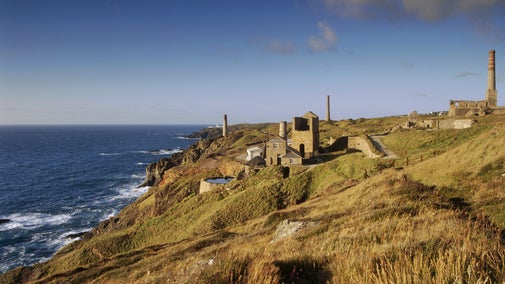
Explore the St Just World Heritage landscape, a dramatic setting which has inspired generations of artists, writers, film makers and photographers.
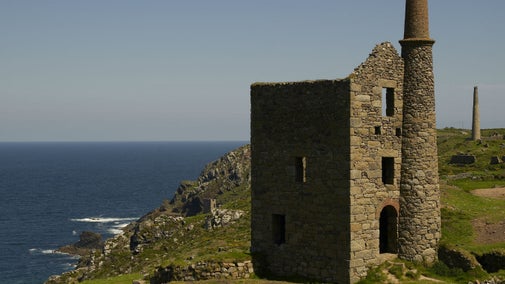
Explore Geevor Tin Mine, on the cliffs of the Tin Coast and discover the 20th century story of Cornwall's tin and copper mining at this incredible World Heritage Site.
